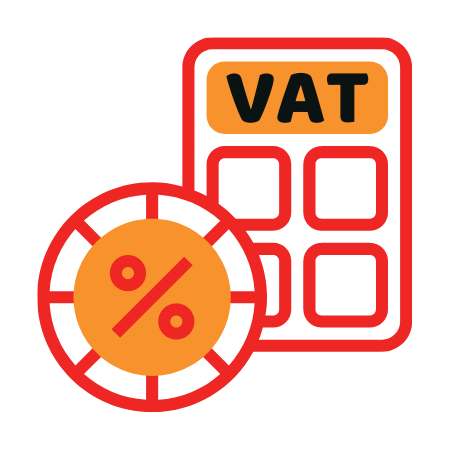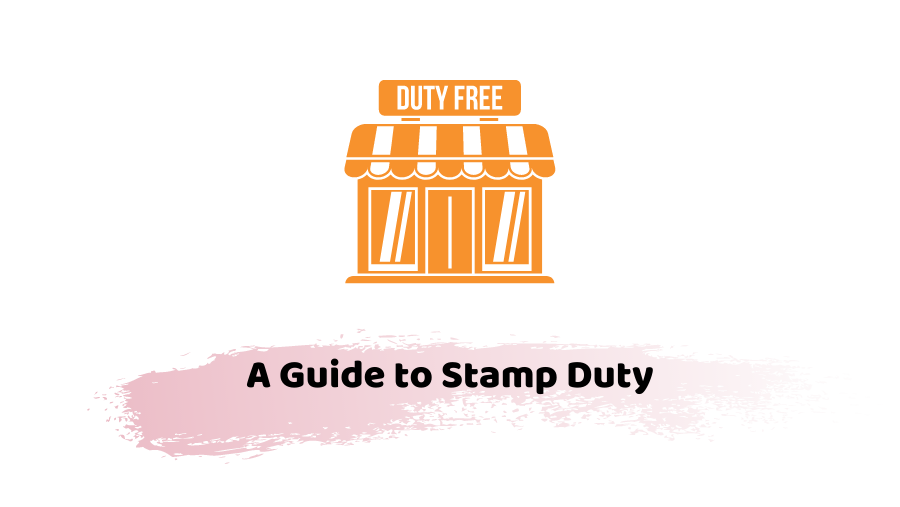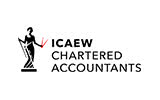A Guide to Stamp Duty
There are three types of Stamp Duty:
- Stamp Duty Land Tax (SDLT) – which applies to land transactions
- Stamp Duty Reserve Tax (SDRT) – which applies to sales of securities on the stock market; and
- Stamp Duty – which applies to the sale of shares and securities.
In all cases, the purchaser must pay the duty based on the price paid or value if not paid in cash.
Stamp duty land tax
Stamp duty land tax – A tax on the acquisition of interests in UK land including houses, flats, other lands, and on both the grant and assignment of leases.
The purchaser is responsible for the payment of the tax and filing of the land transaction return, although is normally done by their solicitor on their behalf. The return should be filed within 30 days of the transaction. The 30-day filing window expects to be reduce to 14 days in respect of land transactions with an effective date on and after 1 March 2019.
SDLT is payable whether or not the parties to the transaction are based in the UK and whether or not a document is used. The consideration on which SDLT is paid is money or money’s worth and where consideration is contingent it is payable on the assumption that the contingent consideration will be payable.
SDLT is also charged on any VAT included in the transaction.
If you are buying land or property, the amount of SDLT payable is dependent upon the purchase value as shown in the following table with a higher starting point for land in designated disadvantaged areas:
From 4th December 2014, Stamp Duty Land Tax (SDLT) will be charged at each rate on the portion of the purchase price which falls within each rate band.
| Rate | Residential | Non-residential |
| 0% | £0 to £125,000 | Up to £150,000 |
|---|---|---|
| 2% | Over £125,000 – £250,000 | Up to £250,000 |
| 5% | Over £250,000 – £925,000 | Over £250,000 |
| 10% | Over £925,000 – £1.5 million | |
| 12% | Over £1.5 million |
As announced at Autumn Budget 2017, the government will legislate in Finance Bill 2017-18 for a new relief from SDLT that will permanently raise the price at which a property becomes liable for SDLT to £300,000 for first-time buyers. Those claiming the relief will pay no SDLT on the first £300,000 of the consideration and 5% on any remainder. No relief will be available where the total consideration is more than £500,000. If enacted, the relief will apply to transactions with an effective date on or after 22 November 2017. This measure does not apply in Scotland. SDLT was devolved to Scotland on 1st April 2015. If enacted, this measure will apply in Wales until 1 April 2018, when SDLT will be devolved to Wales.
Higher rate for corporate bodies
Residential properties for over £500,000 are subject to SDLT at the rate of 15% where the property acquires by a non-natural person such as a company, partnership, or collective investment scheme. For sales in the period: 22 March 2012 to 19 March 2014 the 15% rate of SDLT only applied to properties sold for £2 million or more where the buyer was a non-natural person.
Higher rates for additional properties
You’ll usually have to pay 3% on top of the normal SDLT rates if buying a new residential property means you’ll own more than one.
As announced at Autumn Budget 2017, the government will legislate in Finance Bill 2017-18 to improve the operation of the Higher Rates of SDLT by granting relief from tax in certain cases where:
- a court order issued on a divorce or dissolution of a civil partnership prevents someone from disposing of their interest in a main residence
- a spouse buys property from their spouse
- a person buys a property in a child’s name or on a child’s behalf, where they are doing so in their capacity as the deputy of that child
- a purchaser adds to their interest in their main residence
The government will also introduce a new rule to prevent abuse of relief for replacement of a purchaser’s only or main residence, by requiring the purchaser to dispose of the whole of their interest in their former main residence and to do so to someone who is not their spouse. If enacted, these changes will have effect on and after 22 November 2017.
Grant and assignment of leases
Stamp duty land tax is applicable to both lease premiums and to the rental element of a lease.
New leasehold sales and transfers
Residential
When you buy a new residential leasehold property you pay SDLT on the purchase price of the lease (the ‘lease premium’) using the rates above.
If the total rent over the life the lease (known as the ‘net present value’) is more than £125,000, you also pay SDLT of 1% on the portion over £125,000 – unless you buy an existing (‘assigned’) lease.
Non-Residential
When you buy a new non-residential or mixed use leasehold you pay SDLT on both the:
- purchase price of the lease (the ‘lease premium’) using the rates abolve
- value of the annual rent you pay (the ‘net present value’)
These calculations are done separately and then put together.
If you buy an existing (‘assigned’) lease, you only pay SDLT on the lease price (or ‘consideration‘).
The net present value (NPV) is based on the total rent over the life of the lease. You don’t pay SDLT on the rent if the NPV is less than £150,000.
| Net present value of rent | SDLT rate |
| £0 to £150,000 | Zero |
| The portion from £150,001 to £5,000,000 | 1% |
| The portion above £5,000,000 | 2% |
Stamp duty reserve tax
Stock exchange brokers and financial intermediaries mainly deal with stamp duty reserve tax.
SDRT charges 0.5% on the value of the consideration for the transfer. The payment of Stamp Duty on the same transaction can cancel it.
Stamp Duty
This only applies to the transfer of shares and securities and is levy upto 0.5% of the value of the chargeable consideration, rounds up to the nearest £5, on each stampable document.
Where the consideration is £1,000 or less, these transactions will be exempt from stamp duty.
How We Can Help You
For further information on any type of stamp duty please contact us.





















































